×
![]()
wnq-n100-mw99-14: Instance-to-Instance Comparison Results
| Type: | Instance |
| Submitter: | M. Winkler |
| Description: | Weighted n-queens problem with an additional separation constraint. Solved by Gurobi 4.6.1 (12 threads) in 28124 seconds (January 2012). |
| MIPLIB Entry |
Parent Instance (wnq-n100-mw99-14)
All other instances below were be compared against this "query" instance.  |
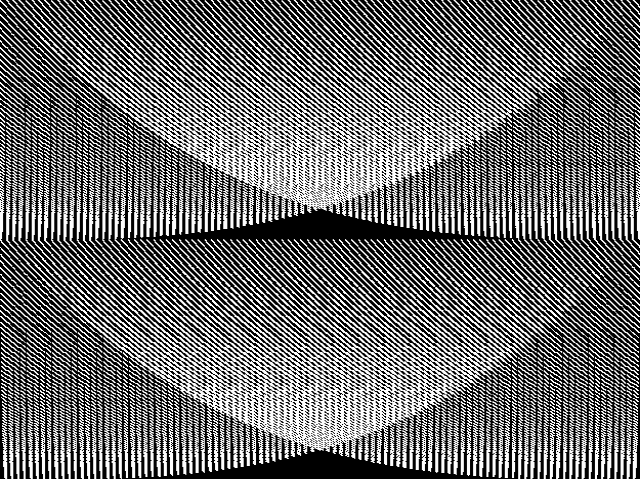 |
 |
 |
 |
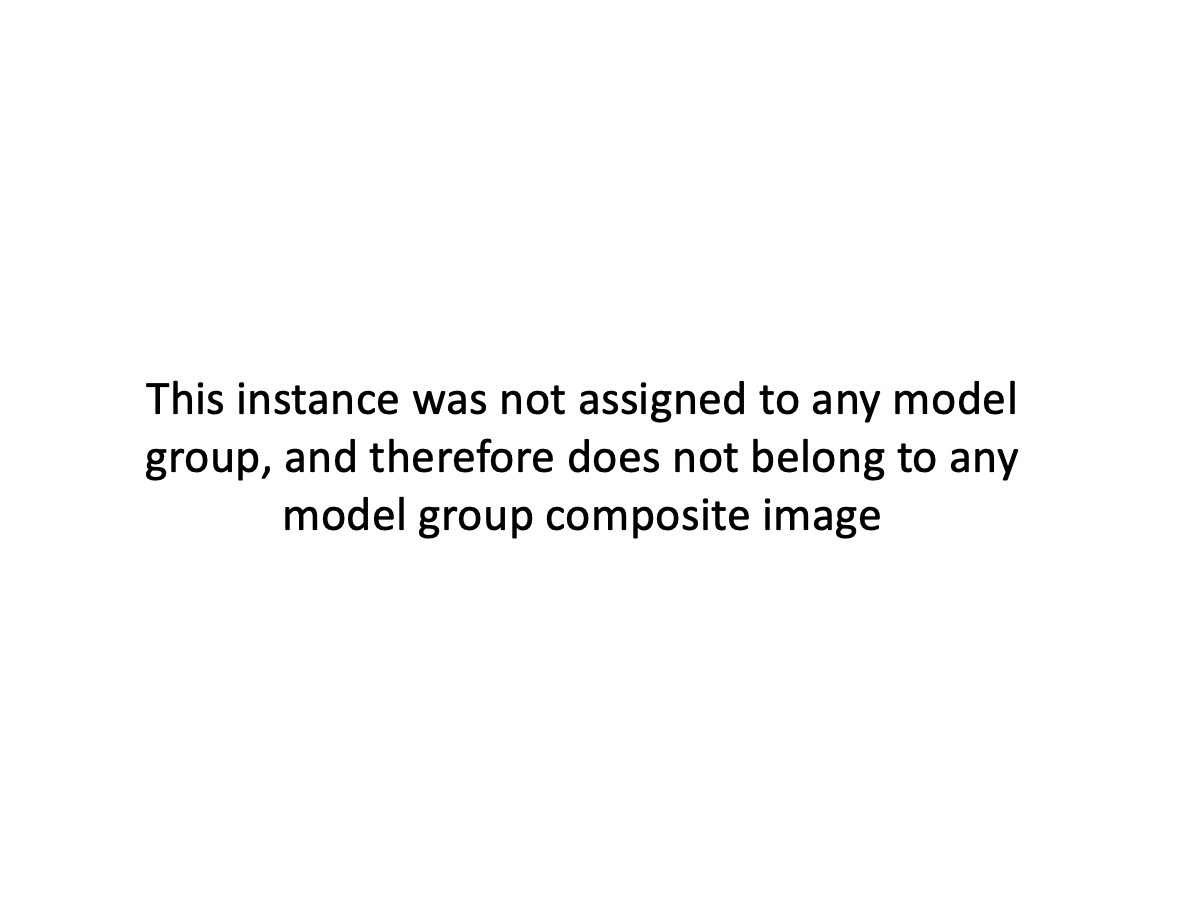 |
|
Raw
This is the CCM image before the decomposition procedure has been applied.
|
Decomposed
This is the CCM image after a decomposition procedure has been applied. This is the image used by the MIC's image-based comparisons for this query instance.
|
Composite of MIC Top 5
Composite of the five decomposed CCM images from the MIC Top 5.
|
Composite of MIPLIB Top 5
Composite of the five decomposed CCM images from the MIPLIB Top 5.
|
Model Group Composite Image
Composite of the decomposed CCM images for every instance in the same model group as this query.
|
MIC Top 5 Instances
These are the 5 decomposed CCM images that are most similar to decomposed CCM image for the the query instance, according to the ISS metric.  |
Decomposed
These decomposed images were created by GCG.
|
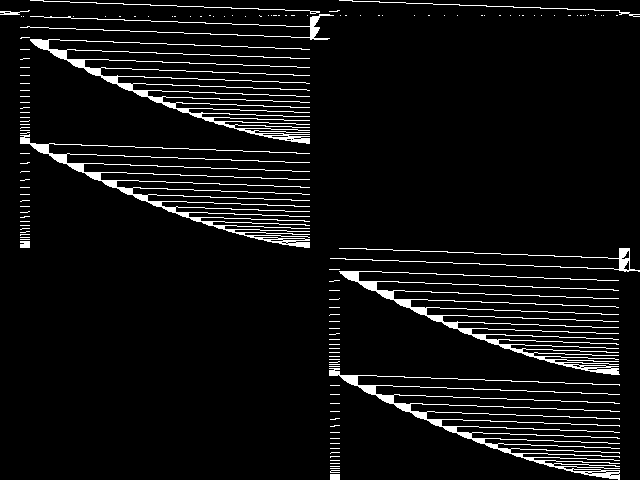 |
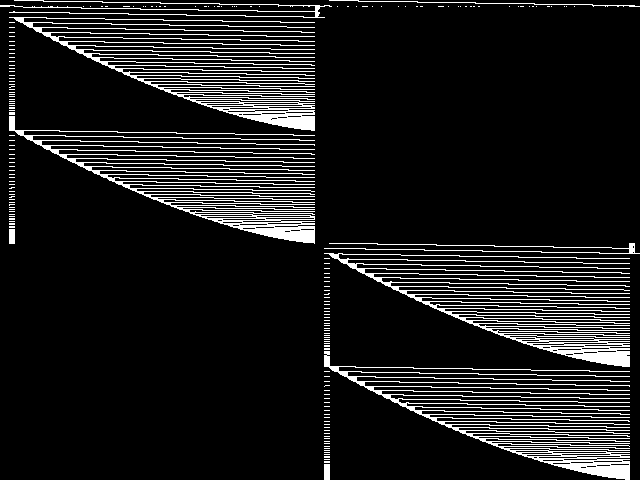 |
 |
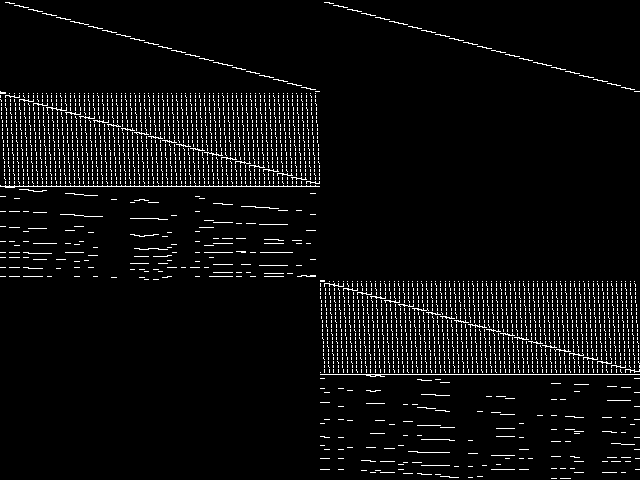 |
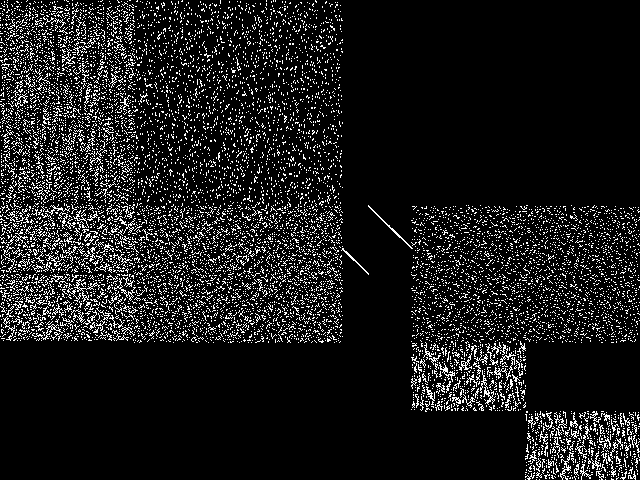 |
| Name | graphdraw-mainerd [MIPLIB] | graphdraw-grafo2 [MIPLIB] | graphdraw-opmanager [MIPLIB] | neos-820879 [MIPLIB] | lr1dr02vc05v8a-t360 [MIPLIB] | |
|
Rank / ISS
The image-based structural similarity (ISS) metric measures the Euclidean distance between the image-based feature vectors for the query instance and all other instances. A smaller ISS value indicates greater similarity.
|
1 / 1.182 | 2 / 1.197 | 3 / 1.200 | 4 / 1.402 | 5 / 1.594 | |
|
Raw
These images represent the CCM images in their raw forms (before any decomposition was applied) for the MIC top 5.
|
 |
 |
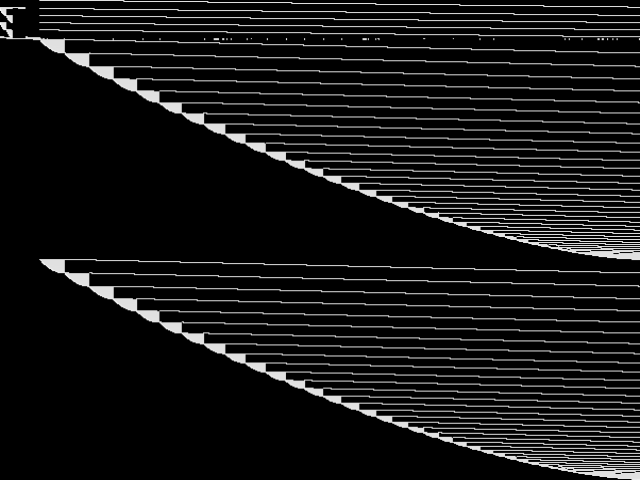 |
 |
 |
MIPLIB Top 5 Instances
These are the 5 instances that are most closely related to the query instance, according to the instance statistic-based similarity measure employed by MIPLIB 2017  |
Decomposed
These decomposed images were created by GCG.
|
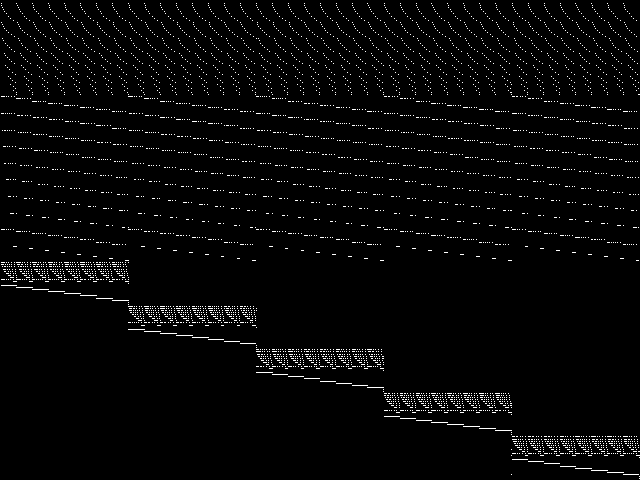 |
 |
 |
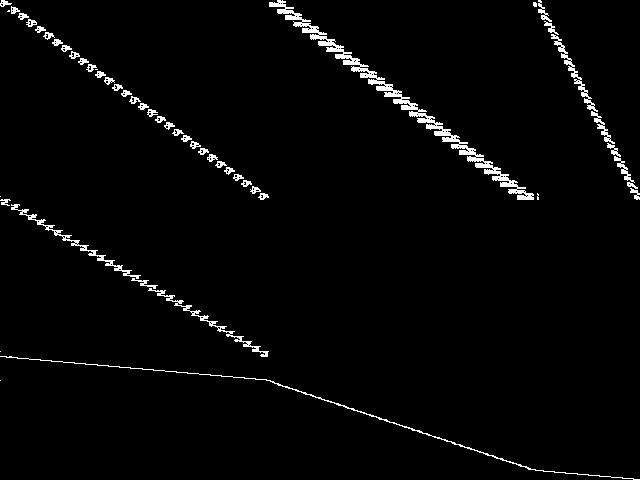 |
 |
| Name | 10teams [MIPLIB] | uct-subprob [MIPLIB] | app2-2 [MIPLIB] | hanoi5 [MIPLIB] | app2-1 [MIPLIB] | |
|
Rank / ISS
The image-based structural similarity (ISS) metric measures the Euclidean distance between the image-based feature vectors for the query instance and all model groups. A smaller ISS value indicates greater similarity.
|
117 / 2.125 | 936 / 2.660 | 945 / 2.682 | 950 / 2.685 | 954 / 2.689 | |
|
Raw
These images represent the CCM images in their raw forms (before any decomposition was applied) for the MIPLIB top 5.
|
 |
 |
 |
 |
 |
Instance Summary
The table below contains summary information for wnq-n100-mw99-14, the five most similar instances to wnq-n100-mw99-14 according to the MIC, and the five most similar instances to wnq-n100-mw99-14 according to MIPLIB 2017.
| INSTANCE | SUBMITTER | DESCRIPTION | ISS | RANK | |
|---|---|---|---|---|---|
| Parent Instance | wnq-n100-mw99-14 [MIPLIB] | M. Winkler | Weighted n-queens problem with an additional separation constraint. Solved by Gurobi 4.6.1 (12 threads) in 28124 seconds (January 2012). | 0.000000 | - |
| MIC Top 5 | graphdraw-mainerd [MIPLIB] | Cézar Augusto Nascimento e Silva | In the Graph Drawing problem a set of symbols must be placed in a plane and their connections routed. The objective is to produce aesthetically pleasant, easy to read diagrams. As a primary concern one usually tries to minimize edges crossing, edges' length, waste of space and number of bents in the connections. When formulated with these constraints the problem becomes NP-Hard . In practice many additional complicating requirements can be included, such as non-uniform sizes for symbols. Thus, some heuristics such as the generalized force-direct method and Simulated Annealing have been proposed to tackle this problem. uses a grid structure to approach the Entity-Relationship (ER) drawing problem, emphasizing the differences between ER drawing and the more classical circuit drawing problems. presented different ways of producing graph layouts (e.g.: tree, orthogonal, visibility representations, hierarchic, among others) for general graphs with applications on different subjects. The ability to automatically produce high quality layouts is very important in many applications, one of these is Software Engineering: the availability of easy to understand ER diagrams, for instance, can improve the time needed for developers to master database models and increase their productivity. Our solution approach involves two phases: (\\(i\\)) firstly the optimal placement of entities is solved, i.e.: entities are positioned so as to minimize the distances between connected entities; and (\\(ii\\)) secondly, edges are routed minimizing bends and avoiding the inclusion of connectors too close. We present the model for the first phase of our problem. | 1.182382 | 1 |
| graphdraw-grafo2 [MIPLIB] | Cézar Augusto Nascimento e Silva | In the Graph Drawing problem a set of symbols must be placed in a plane and their connections routed. The objective is to produce aesthetically pleasant, easy to read diagrams. As a primary concern one usually tries to minimize edges crossing, edges' length, waste of space and number of bents in the connections. When formulated with these constraints the problem becomes NP-Hard . In practice many additional complicating requirements can be included, such as non-uniform sizes for symbols. Thus, some heuristics such as the generalized force-direct method and Simulated Annealing have been proposed to tackle this problem. uses a grid structure to approach the Entity-Relationship (ER) drawing problem, emphasizing the differences between ER drawing and the more classical circuit drawing problems. presented different ways of producing graph layouts (e.g.: tree, orthogonal, visibility representations, hierarchic, among others) for general graphs with applications on different subjects. The ability to automatically produce high quality layouts is very important in many applications, one of these is Software Engineering: the availability of easy to understand ER diagrams, for instance, can improve the time needed for developers to master database models and increase their productivity. Our solution approach involves two phases: (\\(i\\)) firstly the optimal placement of entities is solved, i.e.: entities are positioned so as to minimize the distances between connected entities; and (\\(ii\\)) secondly, edges are routed minimizing bends and avoiding the inclusion of connectors too close. We present the model for the first phase of our problem. | 1.196964 | 2 | |
| graphdraw-opmanager [MIPLIB] | Cézar Augusto Nascimento e Silva | In the Graph Drawing problem a set of symbols must be placed in a plane and their connections routed. The objective is to produce aesthetically pleasant, easy to read diagrams. As a primary concern one usually tries to minimize edges crossing, edges' length, waste of space and number of bents in the connections. When formulated with these constraints the problem becomes NP-Hard . In practice many additional complicating requirements can be included, such as non-uniform sizes for symbols. Thus, some heuristics such as the generalized force-direct method and Simulated Annealing have been proposed to tackle this problem. uses a grid structure to approach the Entity-Relationship (ER) drawing problem, emphasizing the differences between ER drawing and the more classical circuit drawing problems. presented different ways of producing graph layouts (e.g.: tree, orthogonal, visibility representations, hierarchic, among others) for general graphs with applications on different subjects. The ability to automatically produce high quality layouts is very important in many applications, one of these is Software Engineering: the availability of easy to understand ER diagrams, for instance, can improve the time needed for developers to master database models and increase their productivity. Our solution approach involves two phases: (\\(i\\)) firstly the optimal placement of entities is solved, i.e.: entities are positioned so as to minimize the distances between connected entities; and (\\(ii\\)) secondly, edges are routed minimizing bends and avoiding the inclusion of connectors too close. We present the model for the first phase of our problem. | 1.199987 | 3 | |
| neos-820879 [MIPLIB] | NEOS Server Submission | Imported from the MIPLIB2010 submissions. | 1.401886 | 4 | |
| lr1dr02vc05v8a-t360 [MIPLIB] | Dimitri Papageorgiou | Maritime Inventory Routing Problem Library - Group 2 Instances. These instances are available at https://mirplib.scl.gatech.edu/instances, along with a host of additional information such as the underlying data used to generate the model, best known upper and lower bounds, and more. There are three sets of 24 instances (for a total of 72 instances) with a planning horizon of 120, 180, and 360 time periods, respectively. As of March 2016, Cplex and Gurobi could only solve one or two to provably optimality in less than an hour. | 1.593738 | 5 | |
| MIPLIB Top 5 | 10teams [MIPLIB] | MIPLIB submission pool | Imported from the MIPLIB2010 submissions. | 2.124732 | 117 |
| uct-subprob [MIPLIB] | Gerald Lach | Subproblem of a university course timetabling problem. Switched to "easy" because it was solved by Gurobi 5.0 in 2106 seconds (May 2012). | 2.660115 | 936 | |
| app2-2 [MIPLIB] | Emilie Danna | The archive contains 5 instances coming from 3 applications.app1 is interesting because the continuous variables (w) drive the model.Some solvers have numerical problems on app2 models: some solutions found violate the constraints by a small amount.app2 and app3 models are easy to solve. But they don't solve fast enough for the time limit I have in mind so I'd like to propose them for inclusion in MIPLIB. | 2.682427 | 945 | |
| hanoi5 [MIPLIB] | M. Winkler | Reformulated SAT instance from the 2010 SAT conference pseudo-Boolean competition. Solved due to the 2012 pseudo-Boolean competition. | 2.685449 | 950 | |
| app2-1 [MIPLIB] | Emilie Danna | The archive contains 5 instances coming from 3 applications.app1 is interesting because the continuous variables (w) drive the model.Some solvers have numerical problems on app2 models: some solutions found violate the constraints by a small amount.app2 and app3 models are easy to solve. But they don't solve fast enough for the time limit I have in mind so I'd like to propose them for inclusion in MIPLIB. | 2.689430 | 954 |
wnq-n100-mw99-14: Instance-to-Model Comparison Results
| Model Group Assignment from MIPLIB: | no model group assignment |
| Assigned Model Group Rank/ISS in the MIC: | N.A. / N.A. |
MIC Top 5 Model Groups
These are the 5 model group composite (MGC) images that are most similar to the decomposed CCM image for the query instance, according to the ISS metric.  |
These are model group composite (MGC) images for the MIC top 5 model groups.
|
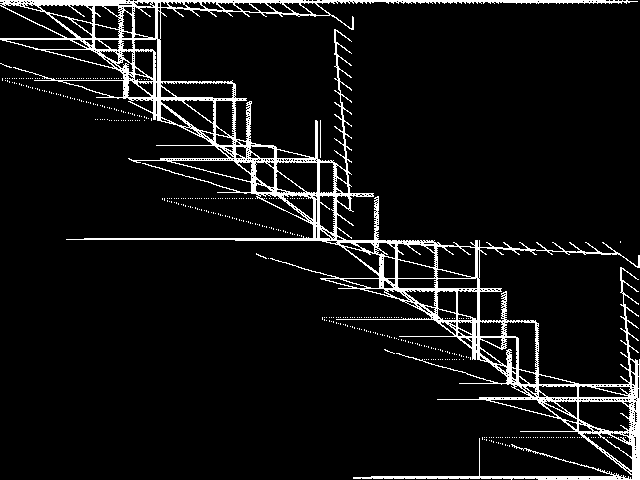 |
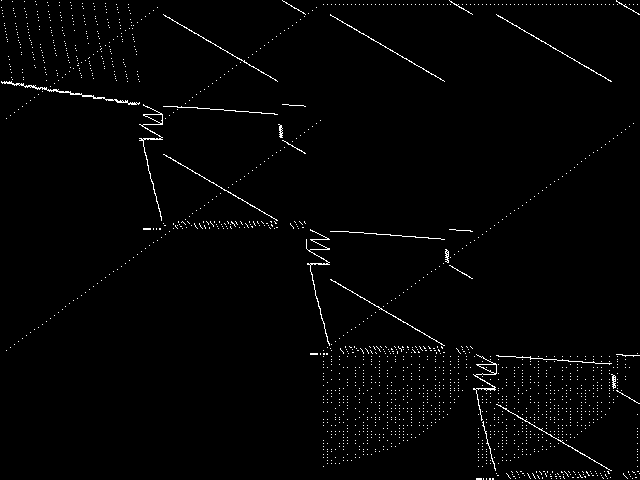 |
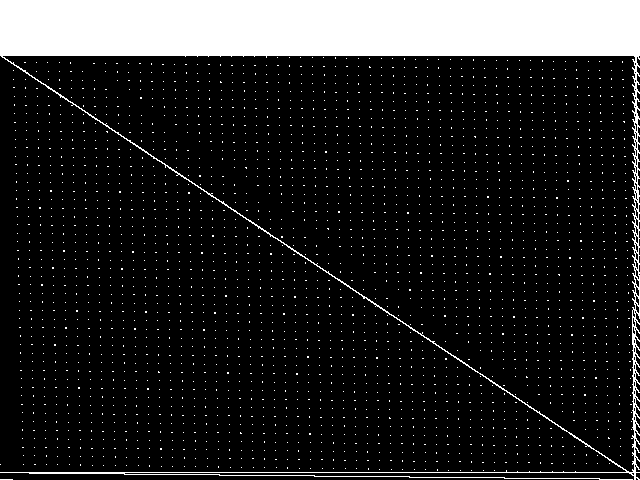 |
 |
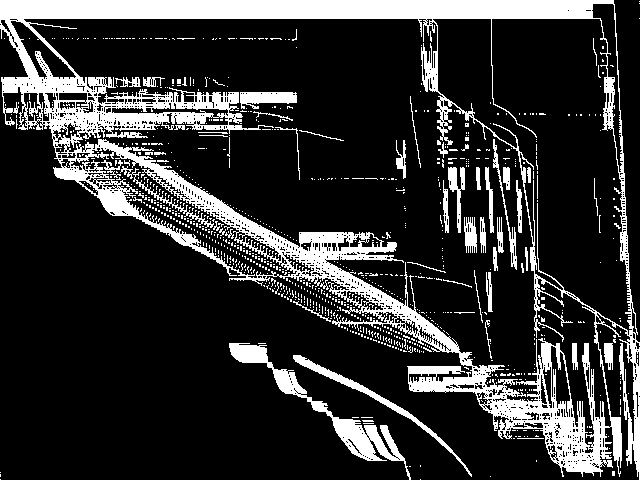 |
| Name | neos-pseudoapplication-102 | neos-pseudoapplication-96 | neos-pseudoapplication-101 | f2gap | Spinoza | |
|
Rank / ISS
The image-based structural similarity (ISS) metric measures the Euclidean distance between the image-based feature vectors for the query instance and all other instances. A smaller ISS value indicates greater similarity.
|
1 / 1.905 | 2 / 2.041 | 3 / 2.121 | 4 / 2.138 | 5 / 2.178 |
Model Group Summary
The table below contains summary information for the five most similar model groups to wnq-n100-mw99-14 according to the MIC.
| MODEL GROUP | SUBMITTER | DESCRIPTION | ISS | RANK | |
|---|---|---|---|---|---|
| MIC Top 5 | neos-pseudoapplication-102 | Hans Mittelmann | Seem to be VRP output from 2-hour runs of Gurobi on 12 threads is included | 1.904554 | 1 |
| neos-pseudoapplication-96 | NEOS Server Submission | Imported from the MIPLIB2010 submissions. | 2.040658 | 2 | |
| neos-pseudoapplication-101 | NEOS Server Submission | Model coming from the NEOS Server with unknown application. Infeasibility claimed by CPLEX 12.6 and CPLEX 12.6.1 with extreme numerical caution emphasi after 4 and 2 hours computation, respectively. | 2.120856 | 3 | |
| f2gap | Salim Haddadi | Restrictions of well-known hard generalized assignment problem models (D10400,D20400,D40400,D15900,D30900,D60900,D201600,D401600,D801600) | 2.137936 | 4 | |
| Spinoza | Daniel Espinoza | Wine Scheduling problem with 82 jobs and four processing machines | 2.178421 | 5 |

